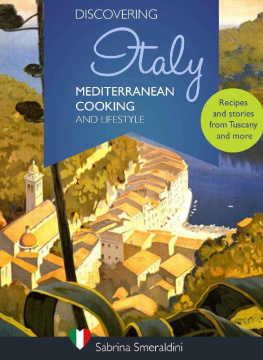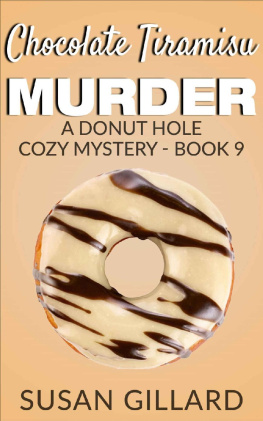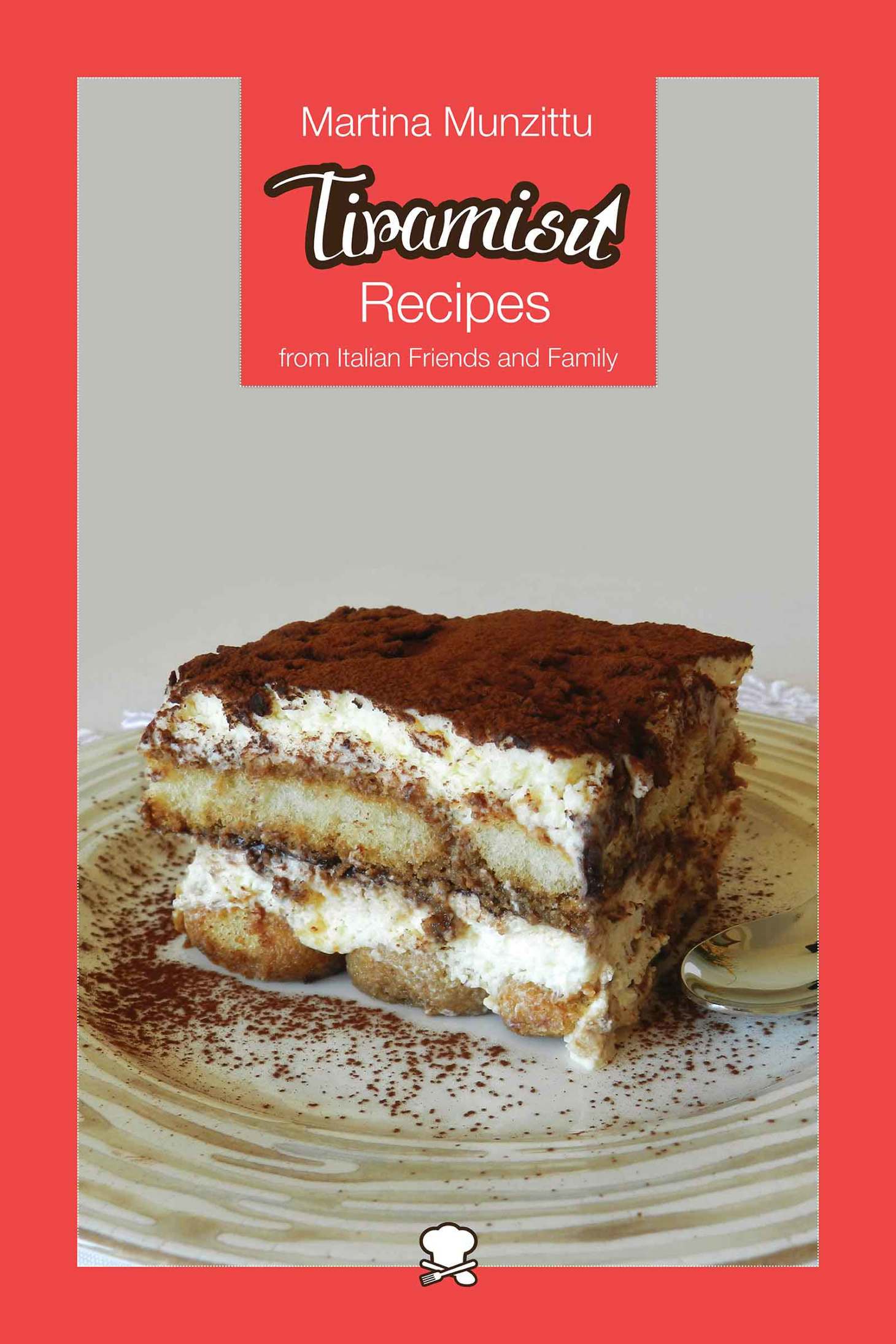About Martina Munzittu
I was born and raised in Italy (Sardinia); I now live in Cambridgeshire, UK, with my husband and young daughter. I write contemporary romance and chick-lit books. My debut novel A Deal with a Stranger is a romantic/mystery set in Sardinia; Incompatible Twins and The Broken Heart Refuge 1 - Betrayal are set in London.
Like many Italians, I have a passion for food and this comes across in my books, where the protagonists of my stories are often obsessed with cooking and eating. My latest books are dedicated to this passion: Tiramisu Recipes from Italian Friends and Family is the first of three, soon to be followed by Pasta Sauce Recipes and Risotto Recipes. All my cookery books follow the same format, which is a collection of recipes and photos from my family and friends from Italy.
To learn more visit www.martinamunzittu.com where you can subscribe to my newsletter and hear about new releases, giveaways and special promotions. You can also download and personalize your free tiramisu party invitation.
Introduction
A few months ago, one Saturday morning, I was making tiramisu for some friends who were coming to dinner. Over the years I have changed the traditional recipe and added a layer of chocolate mousse to it.
I love espresso coffee, but Im not fond of coffee in my desserts, so I have also replaced the coffee with Martini. While I was melting the chocolate in the saucepan, I started to think of the many times I tried tiramisu as a guest in the homes of my friends and relatives in Italy. How a simple, wonderful dessert could taste quite different depending on the person who made it. I remembered how, over time, I had tried some variations of the classic version, but had also had fruity tiramisus during the summer, sampled childrens ones at birthday parties and tasted more sophisticated treats on special occasions.
Thats how this book was born. I asked my friends and family in Italy to give me their tiramisu recipes so I could share them with you. Not only that, I also asked them to make their tiramisu and take a photo. So, unlike many photos in food publications and other recipe books, the pictures that you see next to these recipes have been taken in a real kitchen by the person who made the dessert, just before they ate it!
Since great cooks are not always great photographers, you will probably find that the taste of these recipes will surpass their artistic merit.The list of tiramisus in this book is by no means exhaustive. However, there are twenty-five recipes which should cater for a wide range of tastes. We have: alcoholic and fruity versions; tiramisu cakes, cheesecake and cupcakes; classic tiramisu; egg-free and gluten-free desserts; low-fat and low-sugar tiramisu; childrens tiramisus; ice-cream and pancakes; and many more.I have prepared and enjoyed every one of these desserts. The majority are really easy to make, and I hope you will try quite a few. These tiramisus have been made by ordinary people like you and me; you can find out a little bit about them after each recipe. I am no chef or food professional; I just have a passion for food and a sweet tooth!
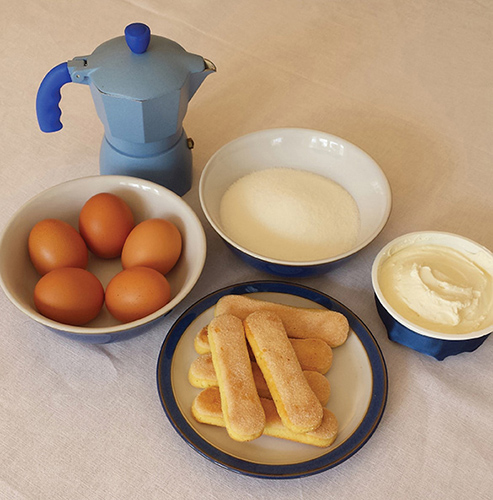
A brief history
Whom do we have to thank for the existence of tiramisu?
This wonderful dessert was invented by Roberto Linguanotto, in the early 1970s. He was a chef at the popular restaurant Alle Beccherie in Treviso (Veneto), and was once asked to prepare a dolce della casa, a house dessert that would work for both adults and children. So he came up with tirames, which was the original name in the local dialect. The dessert proved to be very popular with the customers of the restaurant and soon became known in Italian as tiramis, which means pick me up, or cheer me up.
I am sure we can appreciate why this choice of name is so appropriate, as it has turned out to be the most popular Italian dessert in the world.
What is tiramisu made of?
The main ingredients of a classic tiramisu are mascarpone cheese, eggs, sugar, espresso coffee and sponge fingers/ladyfingers.
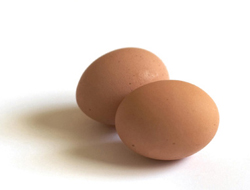
Eggs its very important to use fresh eggs.
Theres a debate as to whether to use the whole egg or just the yolk.
The original recipe by Linguanotto only used the egg yolks; some recipes in this book use the whole egg, some only half the whites. The whipped egg white creates more volume in the mascarpone mousse, giving it a lighter consistency. If you want to have a rich mousse, you can reduce the number of egg whites, or omit them entirely. When in a recipe I say discard the egg whites I dont mean throw them away. I simply mean do not include them. You can use those egg whites in other ways, such as for making meringues, crepes or omelettes, for instance.
Egg whites will whisk to a greater volume when they are at room temperature than when chilled, so always remove the eggs from the fridge at least half an hour before you start preparing your dessert. Take great care when you separate the whites from the yolks, as there must not be any trace of yolk left in them, otherwise they will not whip properly.
The egg yolks and sugar need to be whisked for several minutes, until you obtain a light and airy mousse.
Remember: because tiramisu is made with raw eggs, theres always a very small risk of food poisoning.

Mascarpone this dairy product is the real deal. I have been served tiramisus made with cream instead, but theyre not convincing. If you want to try other dairy products for a healthier alternative (ricotta or low-fat yogurt for instance), then thats OK but do not use cream instead of mascarpone. It will not taste the same. Mascarpone is normally kept in the fridge, but leave it at room temperature for at least 30 minutes before making your tiramisu, as it needs to soften a little.
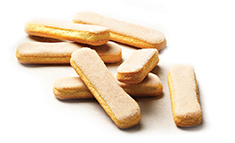
Sponge fingers (ladyfingers) or sponge cake the sponge fingers in Italian are called savoiardi. The role of both, sponge fingers and sponge cake, is to be dipped in the liquid (coffee or liqueur) and then placed in the serving dish. The mascarpone mousse is usually spread over the sponge fingers.
I recommend you buy sponge fingers/ladyfingers made in Italy, if you can. Most supermarkets in the UK and America seem to import them these days. The reason I suggest this is because the non-Italian sponge fingers, which are often used for trifles, tend to be much drier and thinner and they will not soak up the liquid in the right way, resulting in a disastrous tiramisu.

Sugar always use white sugar unless the recipe specifies otherwise. I prefer caster sugar, but granulated sugar works well too.


